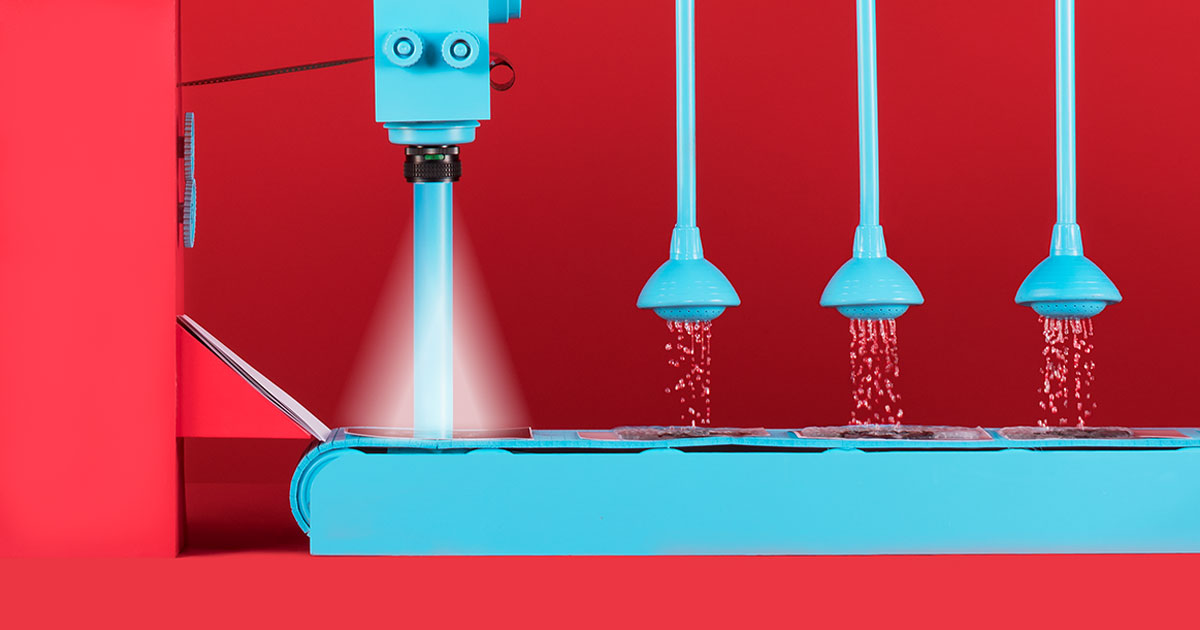
Simple Agreements for Future Equity (SAFEs) were first introduced in late 2013 as a tool for startup companies, particularly those in early stages, to raise capital prior to a preferred equity financing and as an alternative to raising capital through convertible notes. SAFEs have become more and more attractive to both the companies that sell them and the investors that purchase them due to their reputation for being “simple.” In many ways, SAFEs are no different than convertible notes, in that companies can sell SAFEs without a valuation, and SAFEs convert into equity at a priced financing in the future, often at a discount. The main difference between SAFEs and convertible notes is that SAFEs are not debt securities but instead represent a contractual right to receive equity in the future through their conversion. As a result, SAFEs do not have an interest rate nor do they mature, and the holders of SAFEs are not considered creditors of the company that sells the SAFEs. So it is not surprising that SAFEs are perceived to be a simpler alternative to convertible notes and cost less to negotiate. But for the two reasons explained below, and despite the name, SAFEs may be not so simple or cost effective.
First, SAFEs are relatively new, as they were introduced only seven years ago. As a result, there is a lack of uniformity among companies and their investors on what the “market” terms of SAFEs should be and how SAFEs generally should be structured. This can lead to long and expensive negotiations, which is the opposite of what SAFEs are intended to achieve.
Second, some investors may oppose purchasing SAFEs altogether and insist on convertible notes. As briefly mentioned above, the reason for this is that convertible notes not only provide all the rights and protections in SAFEs generally, but the convertible notes are actual debt securities. As such, the holders of convertible notes also receive all the rights and protections granted to creditors, which the holders of SAFEs do not receive. Furthermore, convertible notes accrue interest and become payable when they mature. While virtually all investors purchase convertible notes with the expectation of their conversion into equity at a future financing, those investors would also have some downside protection in the event the company never consummates a financing necessary to convert the notes. SAFEs do not accrue any interest or mature at any point. As a result, SAFEs do not turn into anything of real value unless the company consummates a financing that triggers their conversion.
Before going too far in the capital-raising process and incurring a lot of unexpected costs and headache, companies looking to sell SAFEs should confirm with their investors that they understand how SAFEs work and will not deviate much from the terms that the companies are willing to offer. So long as these are confirmed early on, SAFEs should represent a simple and cost-effective way to raise capital. Getting these questions confirmed early on is critical in avoiding a long and expensive SAFE financing.
First, SAFEs are relatively new, as they were introduced only seven years ago. As a result, there is a lack of uniformity among companies and their investors on what the “market” terms of SAFEs should be and how SAFEs generally should be structured. This can lead to long and expensive negotiations, which is the opposite of what SAFEs are intended to achieve.
Second, some investors may oppose purchasing SAFEs altogether and insist on convertible notes. As briefly mentioned above, the reason for this is that convertible notes not only provide all the rights and protections in SAFEs generally, but the convertible notes are actual debt securities. As such, the holders of convertible notes also receive all the rights and protections granted to creditors, which the holders of SAFEs do not receive. Furthermore, convertible notes accrue interest and become payable when they mature. While virtually all investors purchase convertible notes with the expectation of their conversion into equity at a future financing, those investors would also have some downside protection in the event the company never consummates a financing necessary to convert the notes. SAFEs do not accrue any interest or mature at any point. As a result, SAFEs do not turn into anything of real value unless the company consummates a financing that triggers their conversion.
Before going too far in the capital-raising process and incurring a lot of unexpected costs and headache, companies looking to sell SAFEs should confirm with their investors that they understand how SAFEs work and will not deviate much from the terms that the companies are willing to offer. So long as these are confirmed early on, SAFEs should represent a simple and cost-effective way to raise capital. Getting these questions confirmed early on is critical in avoiding a long and expensive SAFE financing.

